
The French photographer Henri Cartier-Bresson (1908 – 2004) was influential in ways and on a scale that, in all likelihood, will never be repeated or matched by any other practitioner of the craft. So much of what the world now knows and recognizes as photojournalism, after all, was originally shaped by Cartier-Bresson’s work in the 1930s, and especially by the methodology he developed and pursued with his peers Robert Capa and David Seymour, or “Chim”: incessant travel, always with camera in hand; the search not for mere adventure, but for meaning in both conflict and in utterly quotidian calm; and finally, the hunt for specific, never-to-be repeated scenes, instances, gestures that would, in less than a heartbeat, tell a tale that no moving image or written word could possibly surpass.
Like William Blake’s admonition to “see a world in a grain of sand,” Cartier-Bresson’s defining aim has been summed up in the notion of (in the English translation) “the decisive moment” — that is, the fraction of a second when a living tableau presents itself to a photographer, and he or she must rely on both instinct and experience to know when to make the picture, to get the shot.
That Cartier-Bresson routinely cut up — literally cut up, into pieces, with scissors — his contact sheets and discarded those pictures that did not come close to capturing a decisive moment hardly lessens or cheapens the scope of the man’s singular and still, today, almost overwhelming achievement. But the practice of ruthlessly culling weak images from the strong does, perhaps, provide insights into the admirably unsentimental nature of an artist like HCB — and perhaps nowhere was this lack of undue sentiment more striking than in Cartier-Bresson’s color photography.
There’s a reason, it turns out, why coming across his color photos can be so jarring; not only did Cartier-Bresson infrequently shoot in color, but he destroyed virtually all of his color negatives, leaving the almost exclusively black-and-white legacy familiar to most photography fans. Finding out that Cartier-Bresson shot professionally in color — and sometimes worked on major, long-term assignments in that format — is the sort of unexpected revelation than provides the student of photography with not only a surprise, but a sudden sense of enlargement.
One of Cartier-Bresson’s most significant color projects was a 1958 assignment for LIFE: a four-month, 7,000 mile tour through communist China during that country’s convulsive “great leap forward,” when the huge, ancient nation was being alternately pushed and pulled, dragged and harried by its leaders to leave its past behind and to embrace industrialization, collectivism and the precepts of Chairman Mao. (“The staggering Chinese upheaval … goes on,” LIFE wrote of the ‘great leap,’ “spurred by the biting fury that Mao himself expressed when he declared, Communism is not love, Communism is a hammer we use to destroy the enemy.”)
“With the perceptiveness for which he is famous,” LIFE declared of the photographer’s work in China, “Cartier-Bresson has shown how the Chinese individually react and live amid the oppressive regimentation imposed on them.”
Whether or not viewers today see what LIFE told its readers they would encounter in that issue in early 1959, what remains clear in the pictures presented here, in both color and in black and white, is that decades into his long, varied career Cartier-Bresson was still seeking and still finding those never-to-be-repeated decisive moments.
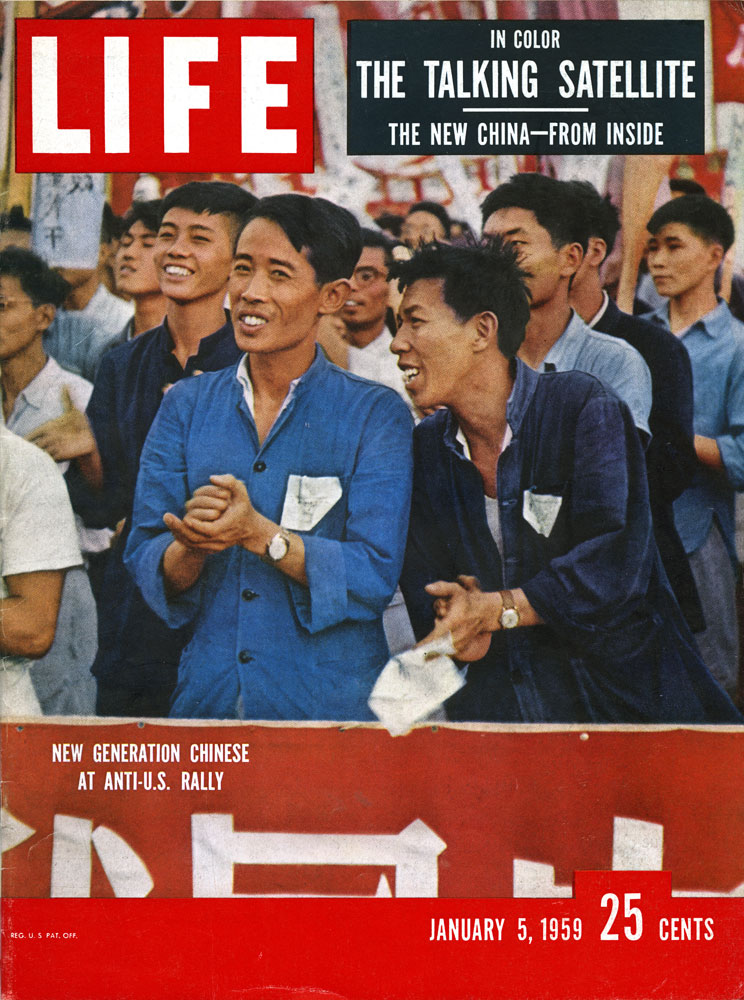
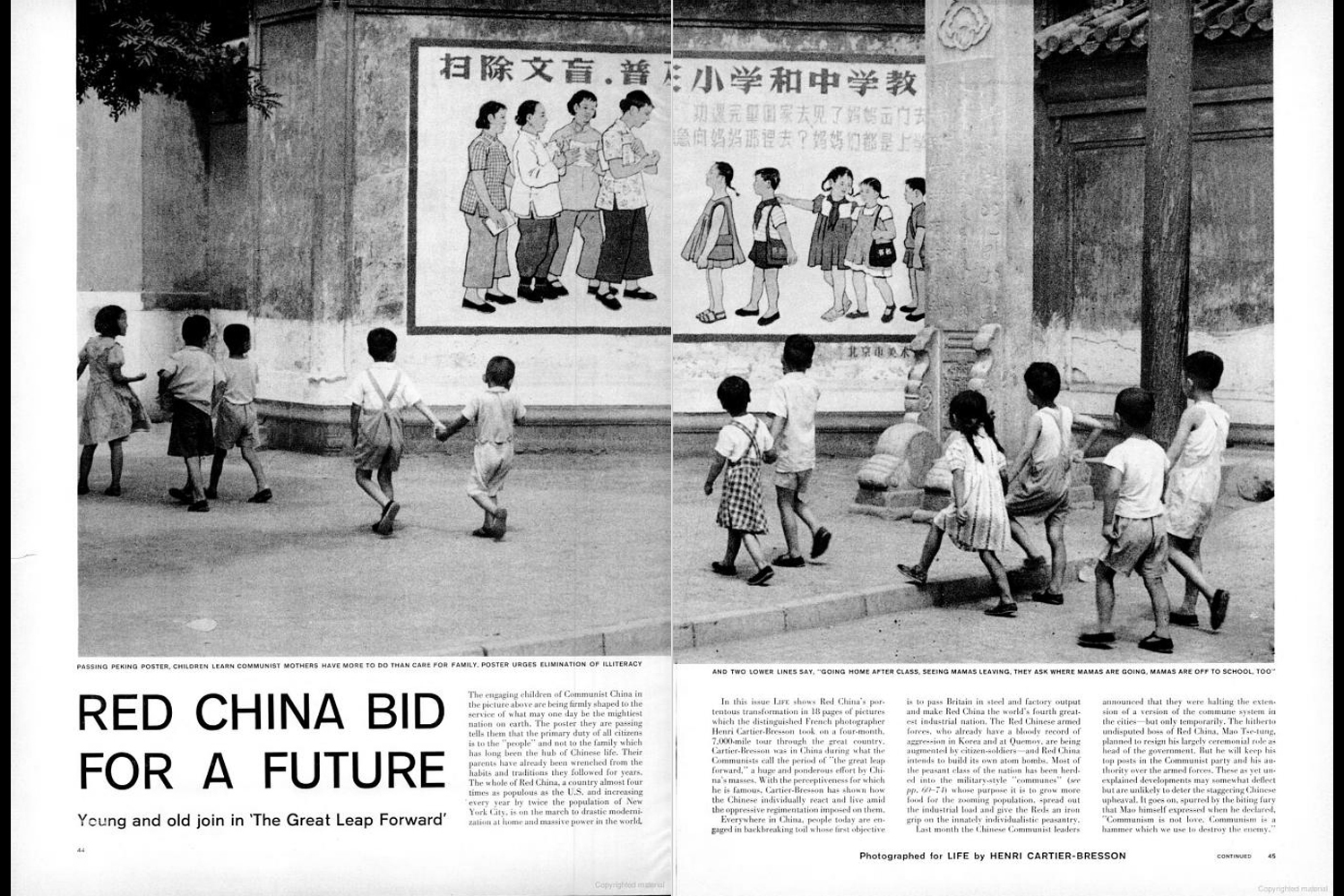

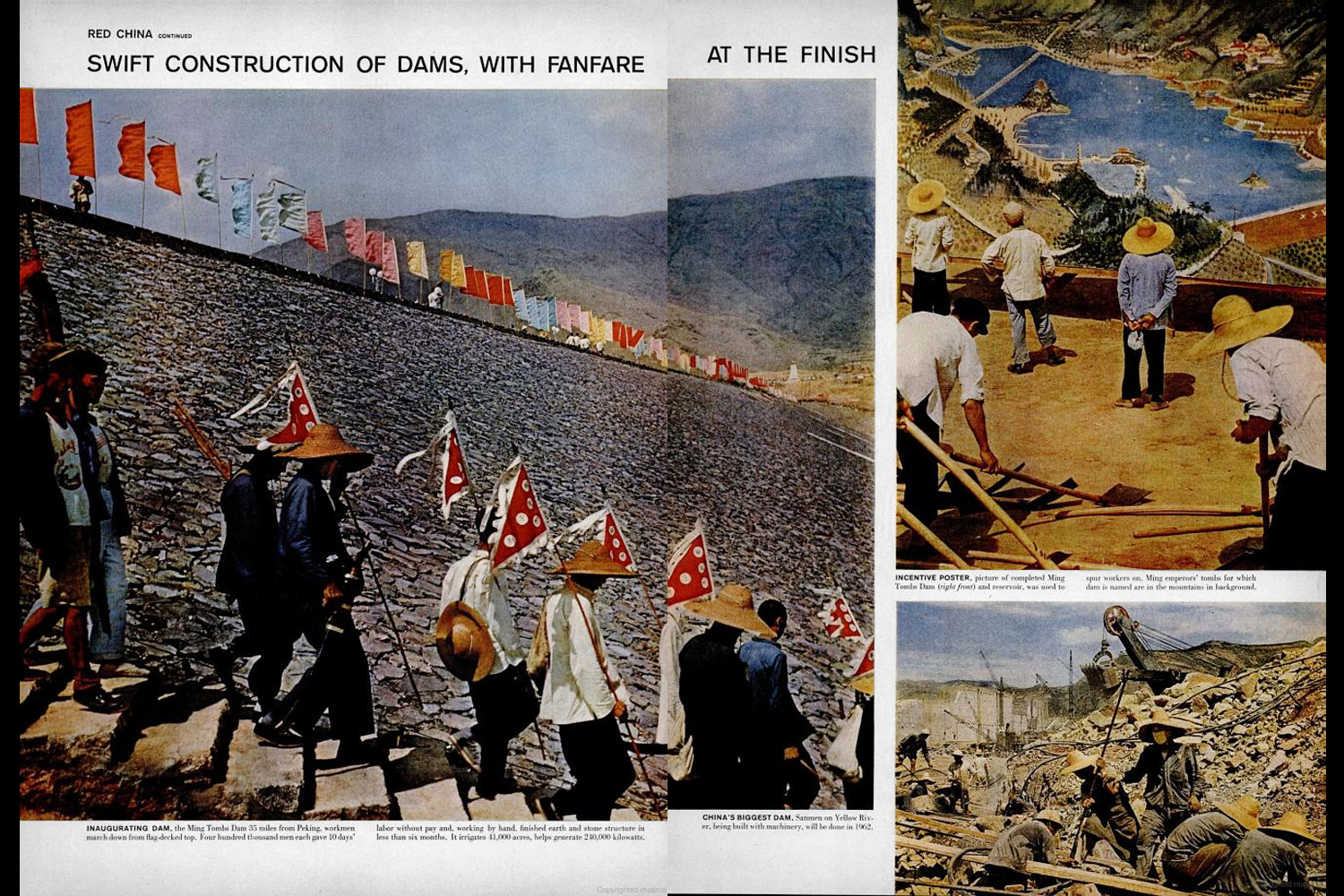

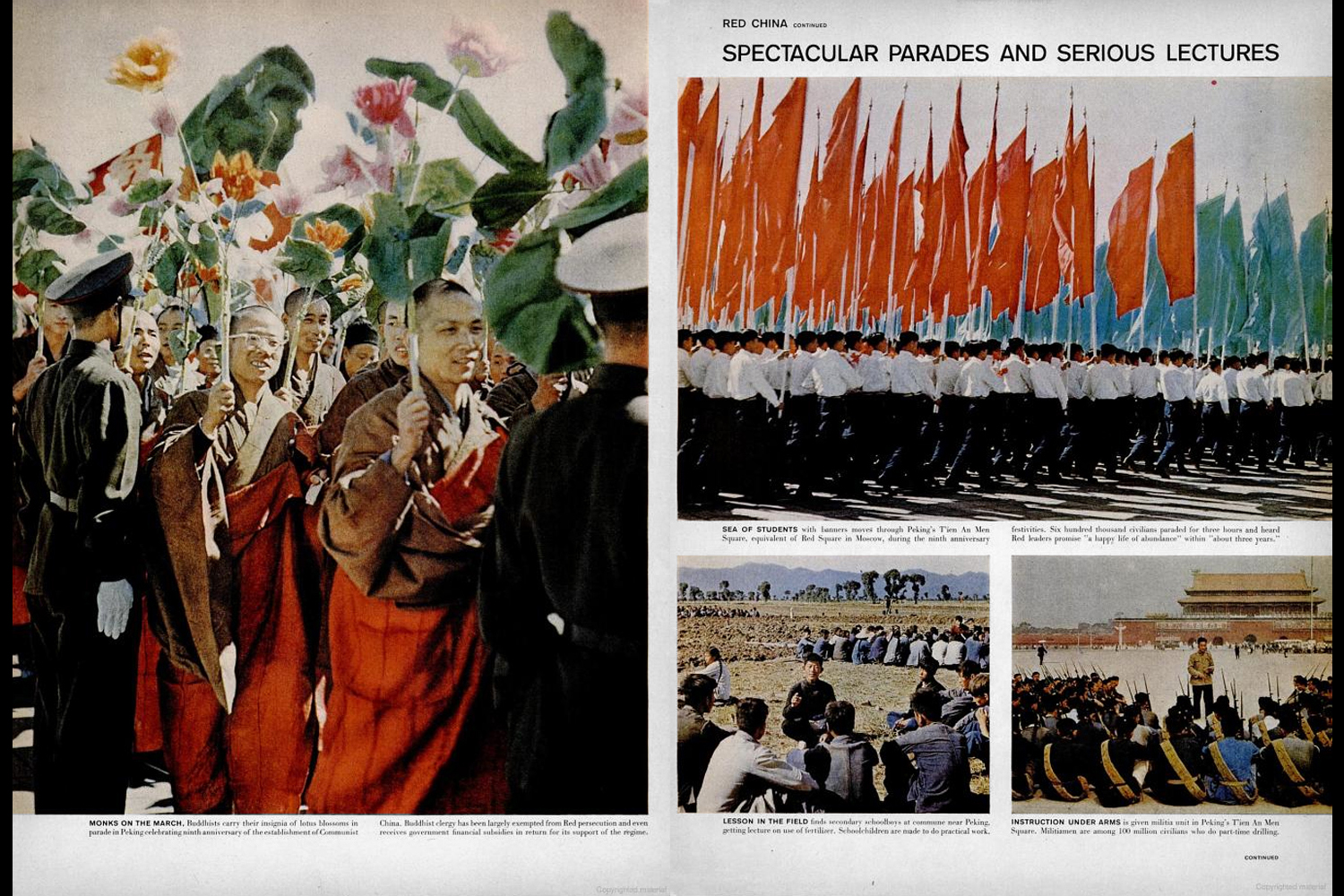
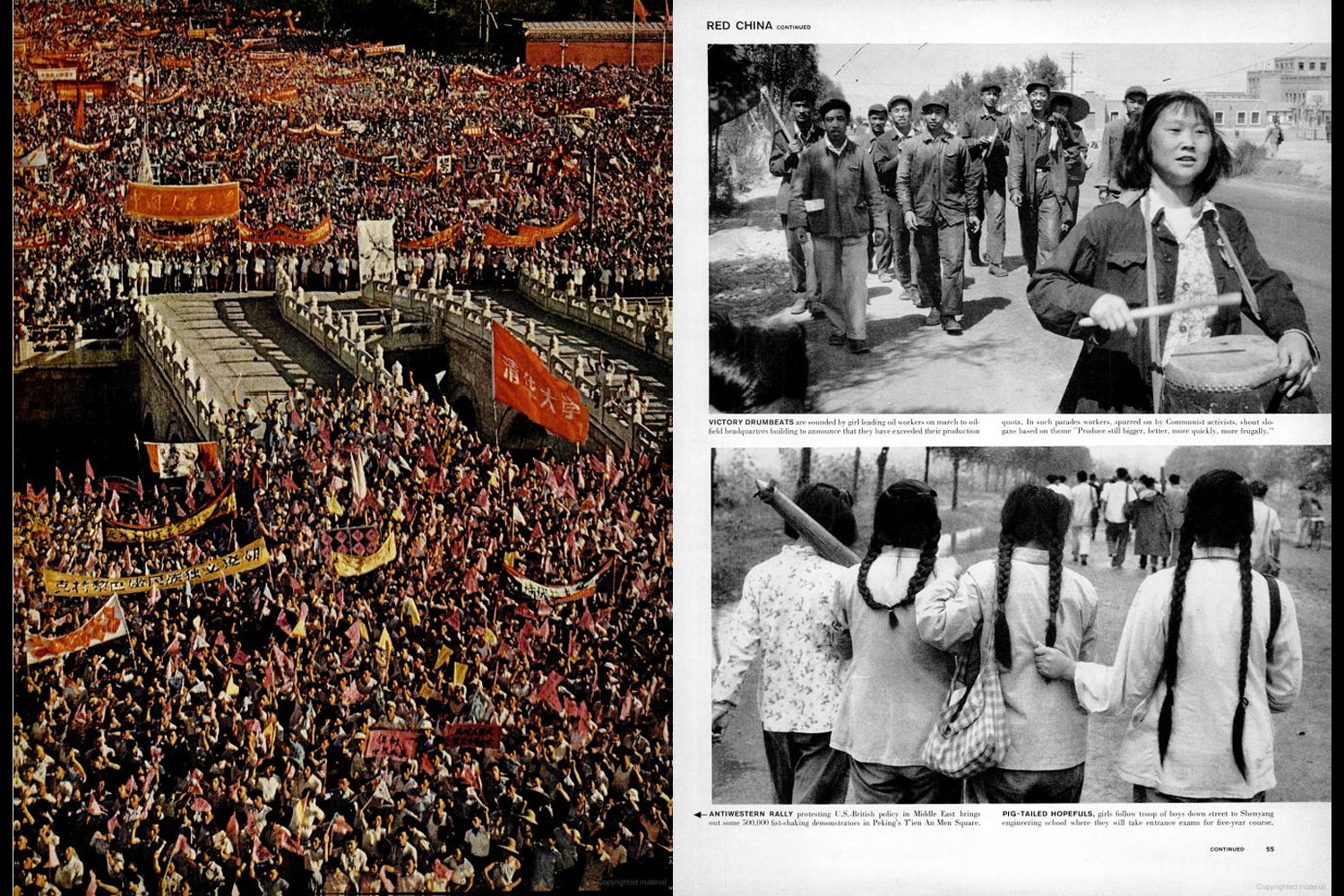
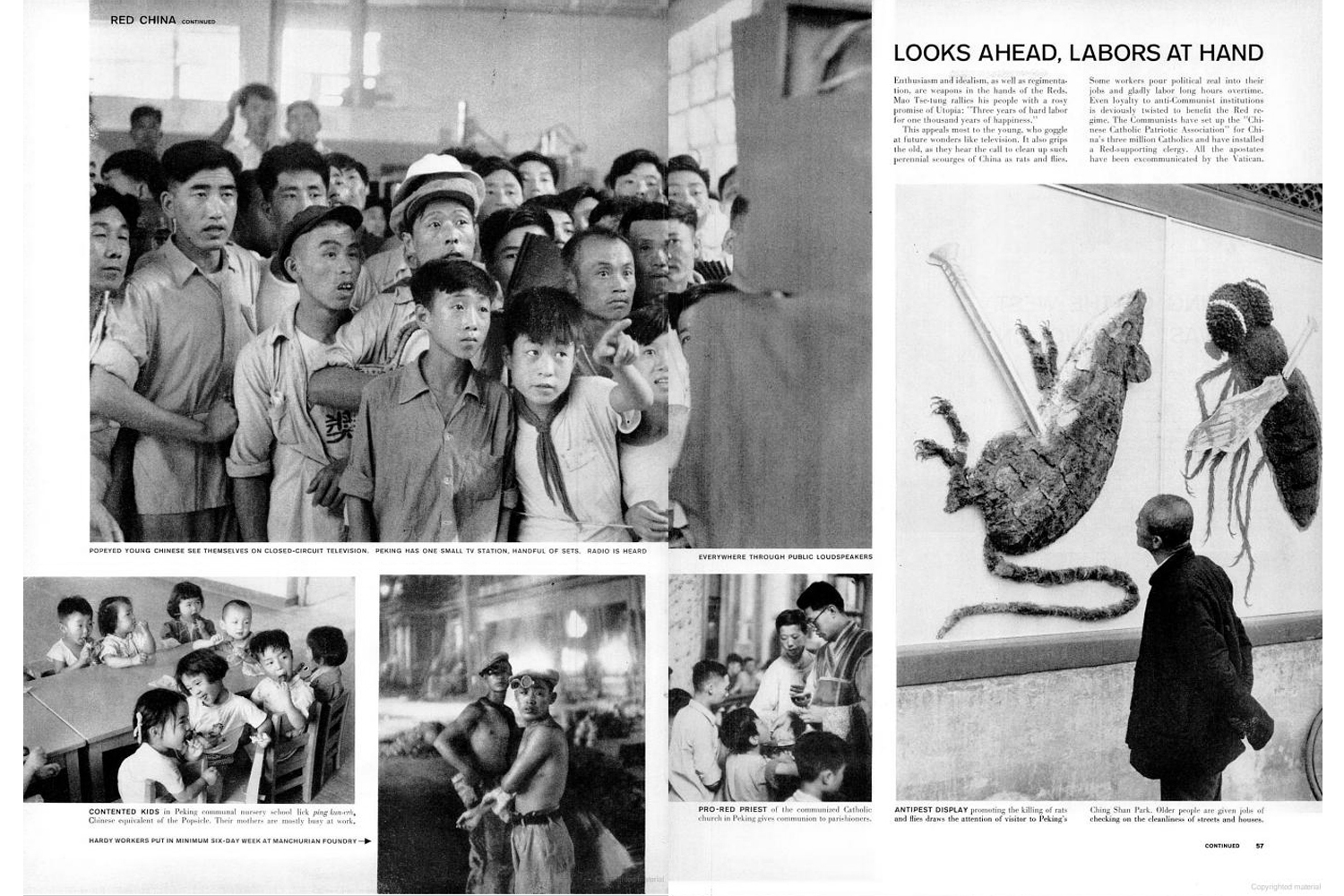
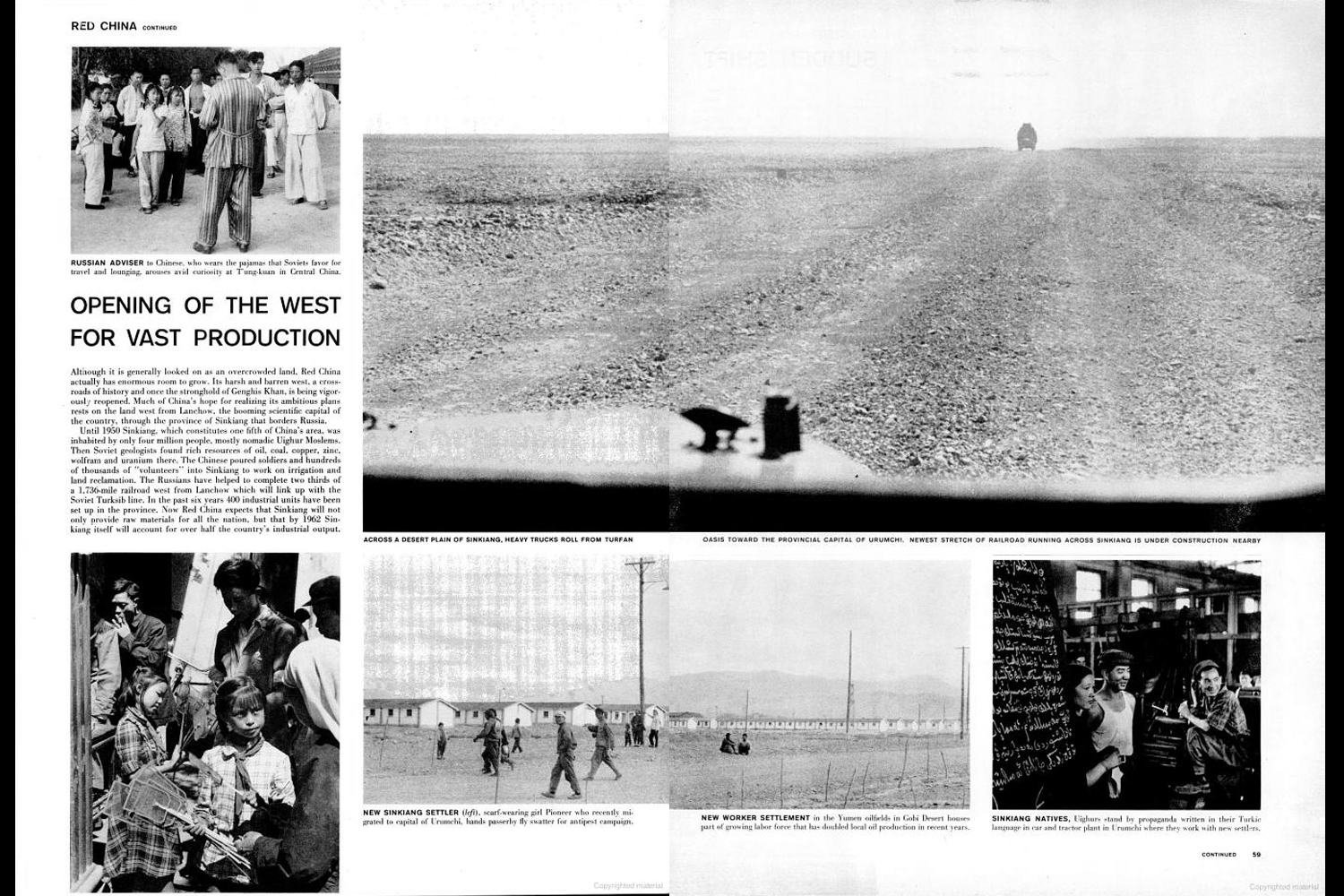

More Must-Reads from TIME
- Why Trump’s Message Worked on Latino Men
- What Trump’s Win Could Mean for Housing
- The 100 Must-Read Books of 2024
- Sleep Doctors Share the 1 Tip That’s Changed Their Lives
- Column: Let’s Bring Back Romance
- What It’s Like to Have Long COVID As a Kid
- FX’s Say Nothing Is the Must-Watch Political Thriller of 2024
- Merle Bombardieri Is Helping People Make the Baby Decision
Contact us at letters@time.com